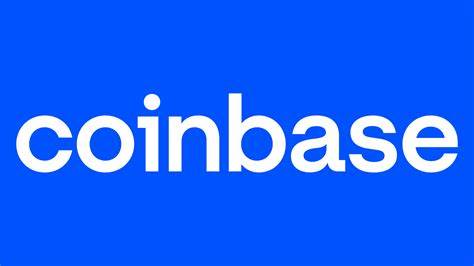Is NEAR Undervalued?! Price Predictions, Updates & Crypto Review
NEAR Protocol is a decentralized application (dApp) platform designed to be developer-friendly and provide a scalable, secure, and low-cost blockchain environment. Launched in 2020, NEAR aims to address several limitations of existing blockchain networks, such as high transaction fees, low throughput, and complex developer environments. Here’s a detailed overview of NEAR blockchain:
1. Core Features and Technology
Sharding: NEAR uses a unique scaling solution called “Nightshade,” which is a type of sharding. Sharding is a method of splitting the blockchain into smaller, more manageable pieces (shards), each capable of processing transactions and smart contracts independently. This enables NEAR to achieve high throughput and scalability by allowing multiple shards to operate in parallel.
Proof of Stake (PoS): NEAR operates on a Proof of Stake consensus mechanism. Validators, who secure the network, are selected based on the number of tokens they stake. This method is energy-efficient compared to Proof of Work (PoW) systems and is designed to ensure the network remains decentralized and secure.
Developer-Friendly Environment: NEAR is designed with developers in mind, offering several features that simplify the development process. It supports WebAssembly (Wasm), allowing developers to write smart contracts in popular programming languages like Rust and AssemblyScript. Additionally, NEAR provides extensive documentation, tutorials, and development tools to foster a robust ecosystem.
User-Friendly Interface: NEAR aims to make blockchain accessible to everyday users. It features human-readable account names (like username.near) instead of cryptographic addresses, which simplifies the user experience. NEAR also includes features like one-click staking and easy wallet recovery, making it more approachable for non-technical users.
2. Ecosystem and Use Cases
DeFi: NEAR has been increasingly focusing on decentralized finance (DeFi) applications. It hosts several DeFi platforms, such as Ref Finance, a decentralized exchange (DEX), and lending platforms that provide users with various financial services like trading, staking, and lending.
NFTs and Gaming: The NEAR ecosystem also supports NFTs (Non-Fungible Tokens) and gaming. Platforms like Mintbase allow creators to mint and trade NFTs, while games like Paras use NEAR for in-game assets and transactions, leveraging its low fees and fast transactions.
Interoperability: NEAR has developed several bridges to connect with other blockchains, including Ethereum. The Rainbow Bridge, for example, allows assets and data to be transferred between NEAR and Ethereum, enabling cross-chain functionality and increasing the utility of NEAR-based applications.
3. Governance and Community
Decentralized Governance: NEAR emphasizes community involvement in governance through its DAO (Decentralized Autonomous Organization) framework. Token holders can vote on key decisions, such as protocol upgrades, ensuring that the community has a say in the network’s future.
Growing Community: NEAR has a growing global community of developers, users, and supporters. It organizes various initiatives like hackathons, grants, and educational programs to foster innovation and adoption. The NEAR Foundation, a non-profit organization, also plays a crucial role in promoting the development of the NEAR ecosystem.
4. Economic Model
Token (NEAR): The native token of the NEAR blockchain is called NEAR. It is used to pay for transaction fees, storage, and as a staking asset for validators. The token also plays a crucial role in the governance of the network, allowing holders to participate in decision-making processes.
Low Fees: One of the primary advantages of NEAR is its low transaction fees, which makes it attractive for dApps, DeFi projects, and everyday users. The cost-effectiveness of transactions on NEAR is a result of its efficient sharding mechanism and PoS consensus.
Inflationary Model: NEAR has a dynamic inflationary model where a small amount of new tokens is created each year (around 5% inflation), with 90% of this going to validators as staking rewards and the remaining 10% allocated to the NEAR treasury. However, the fees collected from network transactions are burned, creating a deflationary pressure that balances the inflation.
5. Security and Performance
Security: NEAR’s PoS mechanism ensures network security by aligning the incentives of validators with the health of the network. Validators are required to stake a significant amount of NEAR tokens, which can be slashed if they behave maliciously. This deters attacks and maintains network integrity.
Performance: NEAR is designed for high performance, with transaction finality times of around 1-2 seconds and the ability to process thousands of transactions per second (tps). This performance is achieved through its sharding architecture and efficient consensus mechanism, making NEAR suitable for high-traffic dApps and DeFi applications.
NEAR Protocol represents a new generation of blockchain platforms that prioritize scalability, usability, and security. With its sharding technology, user-friendly interface, and developer-friendly environment, NEAR aims to become a leading platform for decentralized applications, attracting developers and users alike. Its focus on interoperability and DeFi positions it well within the evolving blockchain ecosystem, making it a promising player in the space.



